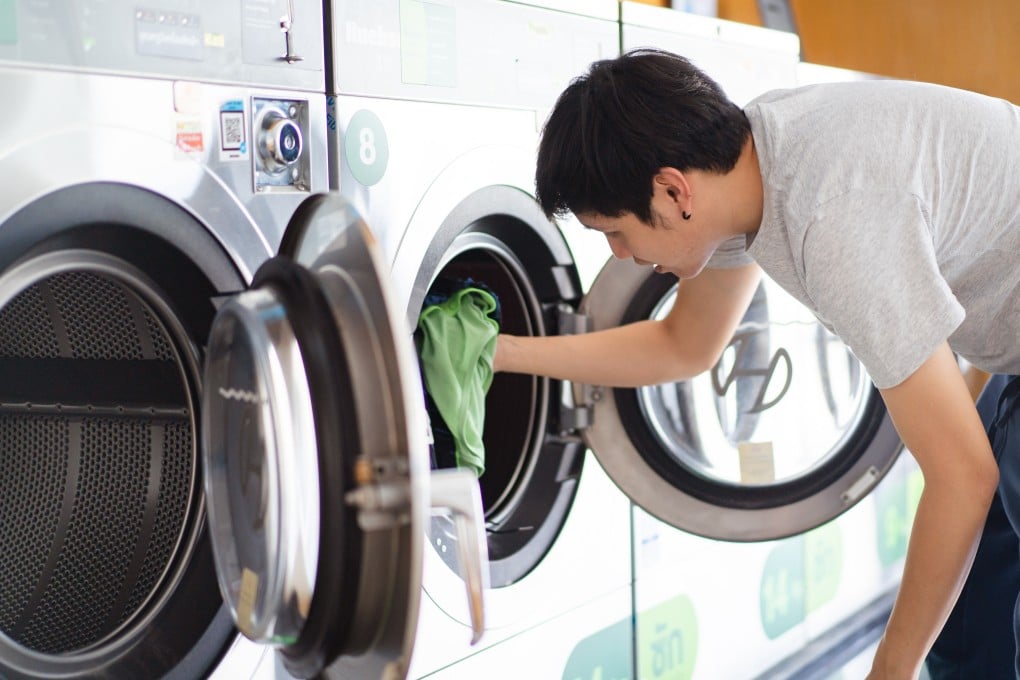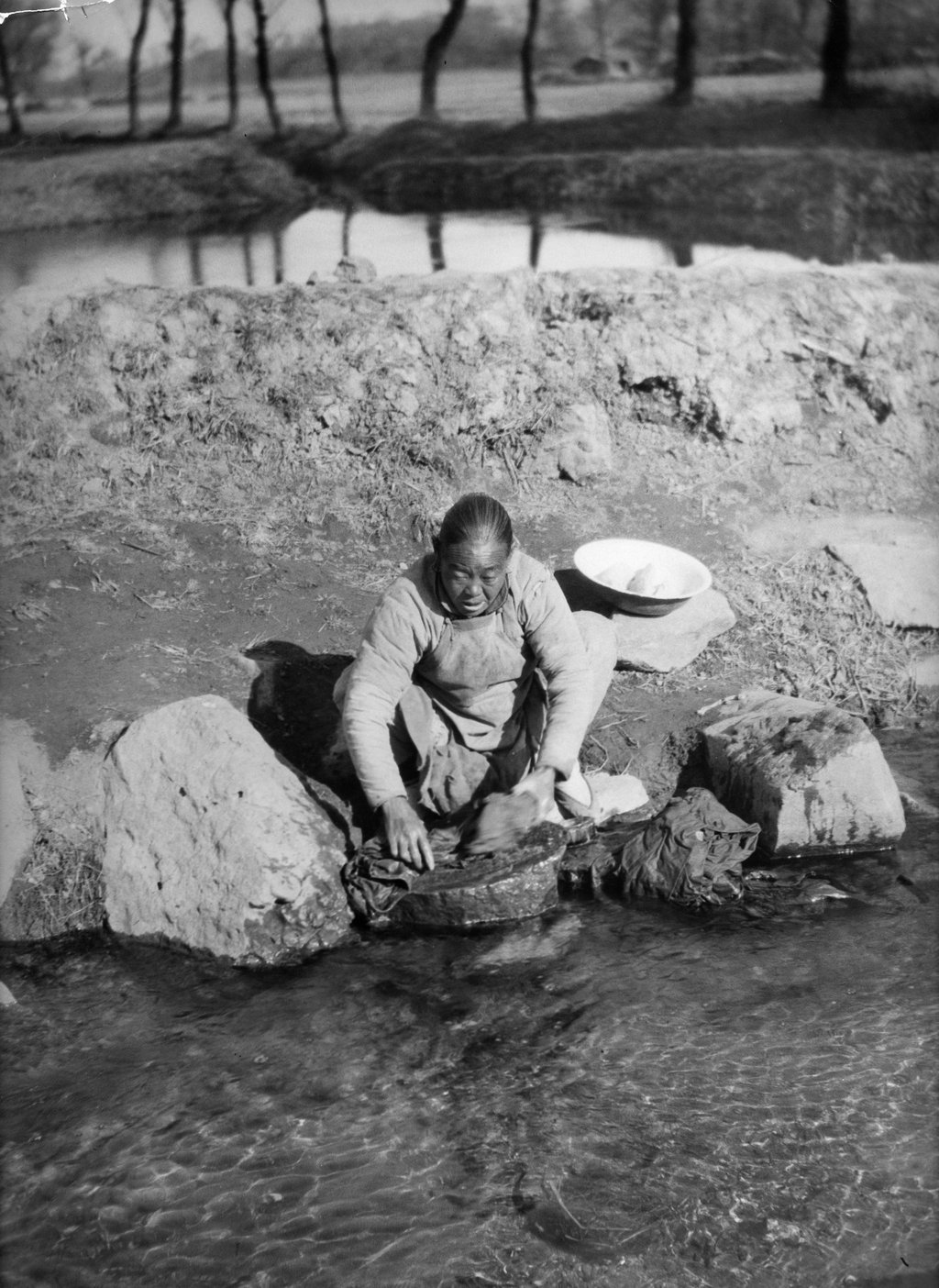Reflections | Do low-wash advocates hate the hard work of laundry? In ancient China they’d have been pounding their clothes with ash and ground-up pig’s pancreas
- Men in particular, it seems, are drawn to the low-wash movement because they despise doing laundry. Yet it’s easy compared to doing it in ancient China
- Back in the day, doing laundry meant pounding clothes with sticks, and basic detergent – ash, soap beans, and ground-up pig’s pancreas were common ingredients

How often should you do your laundry? I was at a self-service laundromat recently and I witnessed a person filling two 20-kilogram washing machines to absolute full capacity. After he turned on the machines, I saw through the front-loading door that his clothes could hardly move in the washing drums.
There must have been at least a month’s worth of dirty laundry, and it suffices to say that I was grateful for the good ventilation system in the laundromat, which, mercifully, wasn’t a fully enclosed space.
The trending no-wash or low-wash movement advocates doing the barest minimum in personal laundry management. People who follow the movement cite several reasons. There is the justifiable concern that the chemicals in laundry detergents, fabric softeners and bleaches pollute the environment. Another reason is that frequent washing shortens the lifespan of clothes, whose disposal and replacement contribute to ecological degradation.
Based on the stories about the no-wash movement that I have read, there are quite a number of people – mostly men – who are drawn to the cause because they simply hate doing laundry. When asked how he could possibly get a week’s worth of wear out of his underpants, a man interviewed by a British newspaper answered, “You just have very low standards.”

Before washing machines became available and affordable, laundry was a laborious process. I am old enough to remember seeing wooden laundry washboards in the shops and people’s homes, including my own. I also remember how excited we were when we got our first washing machine, which had a smaller, separate drum for spinning the clothes dry.
In pre-modern China, soiled clothes were placed on hard surfaces and pounded with wooden sticks or poles. The pounding, together with the use of detergents, helped loosen the dirt on the fibres, which was rinsed off with water.

